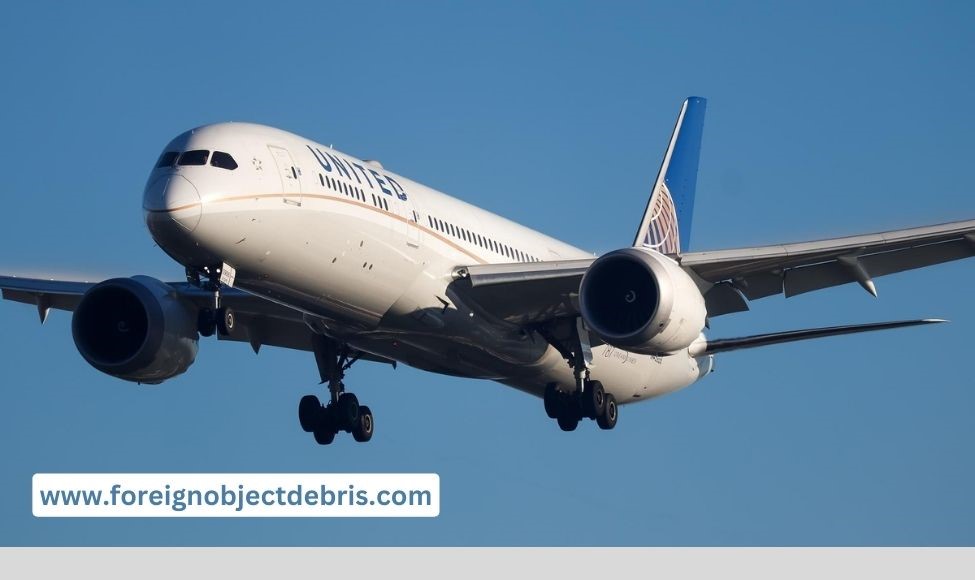
Introduction
Foreign object debris costs the aerospace or aviation sector billions of dollars each year in damage. Debris from foreign objects is also known as FOD. Any object that is alien to an aircraft or system and has the potential to cause damage is known as FOD. FOD is a term used to refer to both foreign items and any harm they may have caused. Foreign object debris in manufacturing can harm a system mechanically as well as inside. Foreign object debris can be found anywhere around airplanes, including production facilities, outside work areas, and the wear on car tires, runways, and engines.
FOD can develop from pre-existing aircraft as well as during aircraft manufacturing.
Numerous studies have demonstrated damage caused by various factors, including a flock of gulls, an ash-filled storm, metal dropping from a car or airplane that gets sucked into an engine, and tragically, occasionally more than just financial loss happens, such as the loss of life. Any type of FOD discovered where it should not cause severe harm and danger.
Many businesses are now developing FOD prevention programs in response to the billions of dollars in damage and tragic loss of life caused by FOD. These programs assist to offer real-life examples of lessons gained, identifying possible issue areas, raising awareness of FOD, designing efficient employee training, and implementing FOD. Numerous FOD goods, such as FOD Bags, FOD Tool Bags, FOD Buckets, FOD Pouch, FOD Bins, Foreign Object Debris Containers, FOD Covers, FOD Tape, FOD Suits, and many others, can also be included in the Foreign Object Debris Program. The companies that sell these FOD items are listed below with a few examples.
FOD prevention programs- what areas to target for increasing safety?
Training
All airport and airline staff members should undergo training in the detection and removal of FOD, as well as the potential repercussions of doing nothing. This instruction can enhance the overall FOD awareness covered in many airports’ airside driver training curricula. Pre- and post-flight inspection procedures are addressed throughout line training, and FOD training for flight crews includes adhering to the suggested procedures listed in the Flight Crew Operating Manual.
A focus on equipment dangers, worker and passenger safety, direct costs of FOD damage, and indirect costs of flight delays and rescheduling should all be emphasized throughout effective training. It should be reinforced with the use of signs and banners, and it should also contain steps for removing and eradicating foreign object debris in manufacturing at its source. Regular training is required to keep up the awareness of FOD.
Frequent inspection
When possible, airline employees should participate in daily airside inspections with the airport staff. This technique encourages better communication between the airport and airlines and helps develop familiarity with local airfield conditions. Regular inspections are necessary when the building is ongoing. During significant construction projects, it can even be required to employ specialized workers to continuously check for FOD. Flight crews are required to report any FOD they see on the runways and taxiways to air traffic control and station operations.
Conclusion
The high expense of FOD damage and the risk of personnel harm can both be significantly decreased by an efficient debris-control program. The program is implemented through the inspection and upkeep of airport facilities and is based on initial and ongoing training. It is due to this reason that these programs are so much in vogue.
